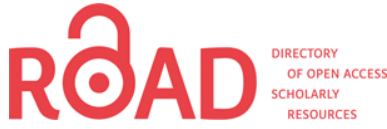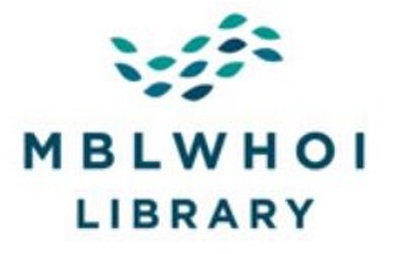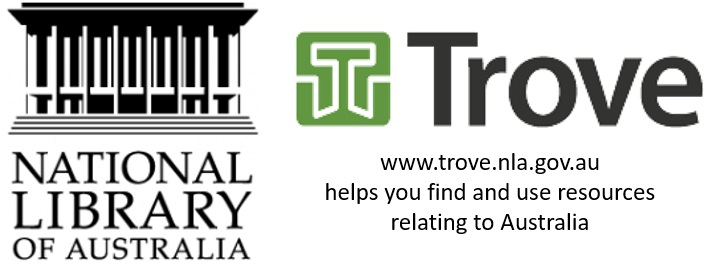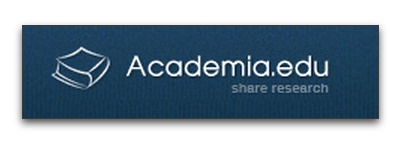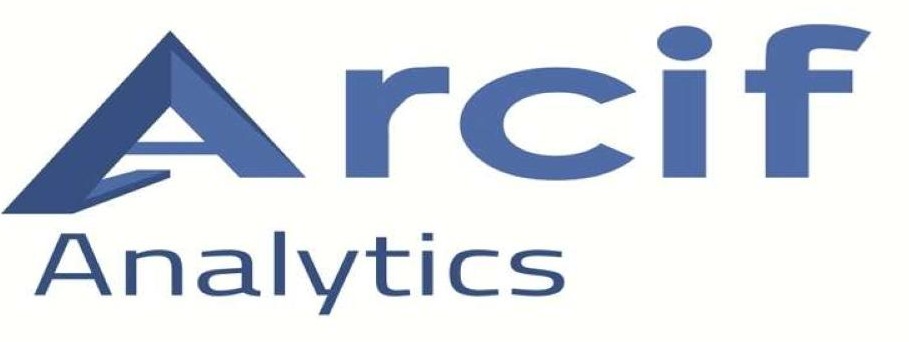مجلة الفنون والأدب وعلوم الإنسانيات والاجتماع مجلة علمية دولية محكمة تصدر من الامارات العربية المتحدة عن كلية الامارات للعلوم التربوية والنفسية وهي احد فروع الجامعة الاوربية للفنون والعلوم الانسانية في سالزبورغ، النمسا، حيث تعتمد في نشرها للبحوث على التحرير والمراجعة من قبل كادر متخصص حيث تتبع نظام مراجعة مهني واحترافي (Peer Review) كأساس في عملية تقييم وتحكيم البحوث قبل نشرها، كما أنها تصدر بصورة دورية وان جميع البحوث الصادرة تنشر بشكل مفتوح (Open-Access)على موقع المجلة ويمكن الوصول إلى كل البحوث في كل عدد أو إصدار بشكل مباشر عبر رابط البحث. تقوم المجلة بنشر البحوث الأصيلة المبتكرة ذات الصلة بأي حقل من حقول العلوم الإنسانية التالية باللغتين العربية والانكليزية وفي بعض اللغات الأخرى بحسب صلة موضوع المادة البحثية المنشورة وهي تختص باللغويات النظرية والتطبيقية ، الآداب والآداب المقارنة ، العلوم الإدارية والمصرفية ، الدراسات الفلسفية ، الدراسات النفسيــة ، الدراسات الاجتماعية المتصلة بالعلوم الإنسانية ، الدراسات التاريخية ، الدراسات الجغرافية ، الإعلام ، الدراسات حول الفنون ( الموسيقى – التراث الشعبي – المسرح – الفنون التشكيلية – النحت … الخ) ، الدراسات الآثارية وأي دراسات متصلة بالعلوم الإنسانية الأخرى .
ان مجلة الفنون والأدب وعلوم الإنسانيات والاجتماع يخضع موقعها هذا لرخصة Attribution-ShareAlike 4.0 International (CC BY-SA 4.0)، والتي تسمح للمستخدمين بنسخ المقال وإنشاء مقتطفات وملخصات وأعمال جديدة منه، وتعديل المقال ومراجعته، والاستخدام التجاري للمقال (بما في ذلك إعادة استخدام المقال و/أو إعادة بيعه من قبل الكيانات التجارية)، شريطة أن يعطي المستخدم الفضل المناسب (مع رابط إلى النشر الرسمي من خلال DOI ذي الصلة)، ويوفر رابطًا للترخيص، ويشير إلى ما إذا تم إجراء تغييرات ولا يتم تمثيل المرخص على أنه يؤيد استخدام العمل. يمتلك المؤلفون حقوق الطبع والنشر لأعمالهم المنشورة على موقع المجلة، بينما تتحمل المجلة مسؤولية الاستشهاد بعملهم، والذي يتم إصداره بموجب CC BY-SA 4.0 مما يتيح الاستخدام غير المقيد والتوزيع وإعادة إنتاج المقال في أي وسيلة، شريطة الاستشهاد بالعمل الأصلي بشكل صحيح.
لمزيد من المعلومات، يرجى اتباع الرابط http://creativecommons.org/licenses/by-sa/4.0/.
ملاحظة: تم اعتماد مجلة الفنون والأدب وعلوم الإنسانيات والاجتماع بموجب ترخيص Creative Commons Attribution-NonCommercial-No Derivatives 4.0 International License، بينما بعد 1 سبتمبر 2024، اعتمدت مجلة الفنون والأدب وعلوم الإنسانيات والاجتماع ترخيص Attribution-ShareAlike 4.0 International (CC BY-SA 4.0).




